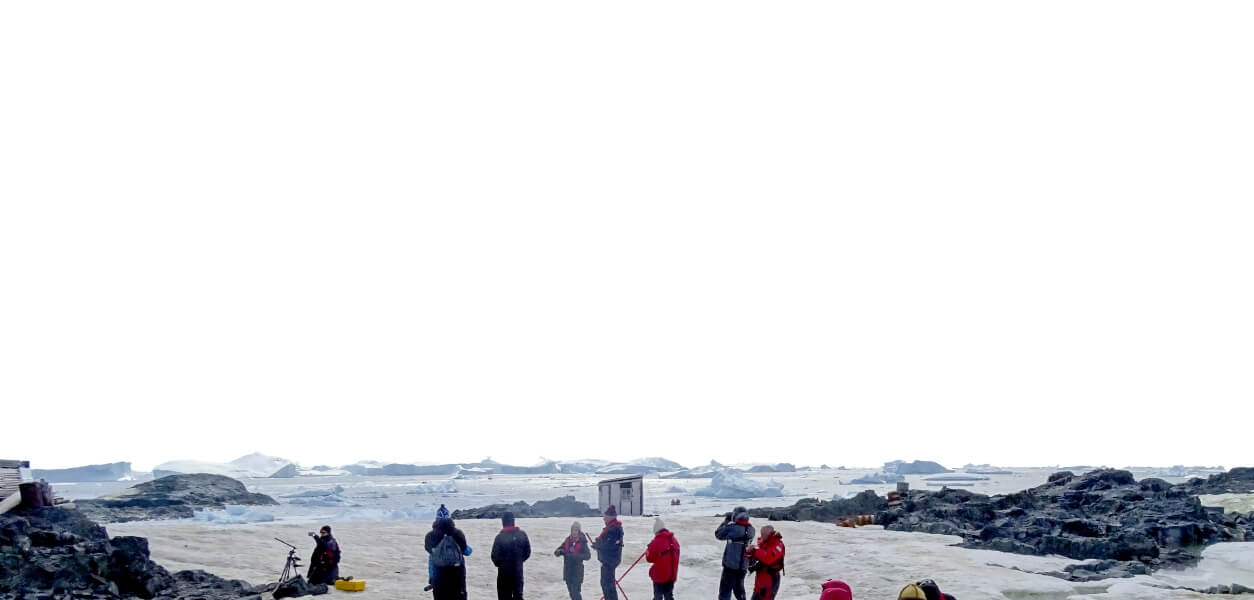
Photo by Laurie McLaughlin
This August marks the centennial anniversary of the gateway to the world, the Panama Canal. After many years of back-breaking labor and a slew of lives lost during the construction, Panama is celebrating the anniversary of one of the world's most brilliant engineering marvels.
Construction of the Panama Canal involves a very volatile history. Originally, the French were the first to attempt to create a passage through the isthmus of what was then Colombia's province of Panama in 1881. Their plan was to create a sea-level canal without locks under the leadership of the same man responsible for building the Suez Canal, Ferdinand de Lesseps. Unfortunately, the French underestimated the severe effects of Panama's tropical weather. The heavy rainfall continually delayed work, and the mosquito-infested jungle spread malaria and yellow fever to the workers. In 1889, the company had gone bankrupt and suspended construction, which had by then cost an estimated 22,000 lives due to accident and disease. A second French company took over in 1894, though they were more interested in selling their assets, which included the Panama Railroad and existing excavation and equipment, to a buyer.
In June 1902, the Senate and President of the United States voted in favor of pursuing the construction of the canal, and by 1903, a treaty called the Hay–Herrán Treaty was in the works of being signed granting the US a renewable lease over the Colombian land where the canal was being built. The treaty, though ratified by the US Senate, was never ratified by the Colombian Senate. Instead, President Theodore Roosevelt heard of a possible revolt by the Panamanian rebels who hoped to become independent from Colombia. He then decided to support the rebels in their fight for sovereignty, using warships to prevent Colombian troop advancement to put down the rebellion. On November 3rd, 1903, Panama declared its independence.
By November 6th, Panama's ambassador to the United States granted the rights to the US to build and indefinitely control the Panama Canal Zone. In 1904, the US officially took over the property and began construction at once. The plan was to create a lock system which would raise and lower ships from a large reservoir. This required the construction of the world's largest dam and man-made lake in the world at the time. Chief engineer US Army Major George Washington Goethals of the Army Corps of Engineers divided the excavation into three parts: Atlantic, Central, and Pacific.
The Atlantic division was headed by Major William L. Sibert. He was responsible for the breakwater at the entrance of Limon Bay, the approach channels at Gatun Locks, and the vast Gatun Dam. Sydney B. Williamson lead the Pacific division in constructing the breakwater at Panama Bay, the approach channel to the locks, and the Miraflores and Pedro Miguel locks. The most difficult section was the Central division lead by Major Du Boise Gaillard of the US Army Corps of Engineers. He was responsible for excavating what is now called the Gaillard (Culebra) Cut, connecting Gatun Lake to the canal locks in the Pacific. After ten years of construction, the Panama Canal was formally opened in 1914. As the largest engineering project ever undertaken in United States history at the time, the US spent almost $375,000,000 to build it.
One hundred years later, the Panama Canal is considered one of the Seven Wonders of the Modern World, and is revered for its aid in global commerce. More than 30 ships pass through the canal every day, and it is currently undergoing expansion in order to accommodate higher demand and the passage of larger ships. Since 2000 when the United States returned it to the Panamanian administration, the canal has helped Panama develop its economy by allowing it to play a large role in international trade. Thanks to the hard labor of thousands and the ingenuity of the engineers involved, the Panama Canal can celebrate 100 years of prosperity, and can look forward to 100 more.












